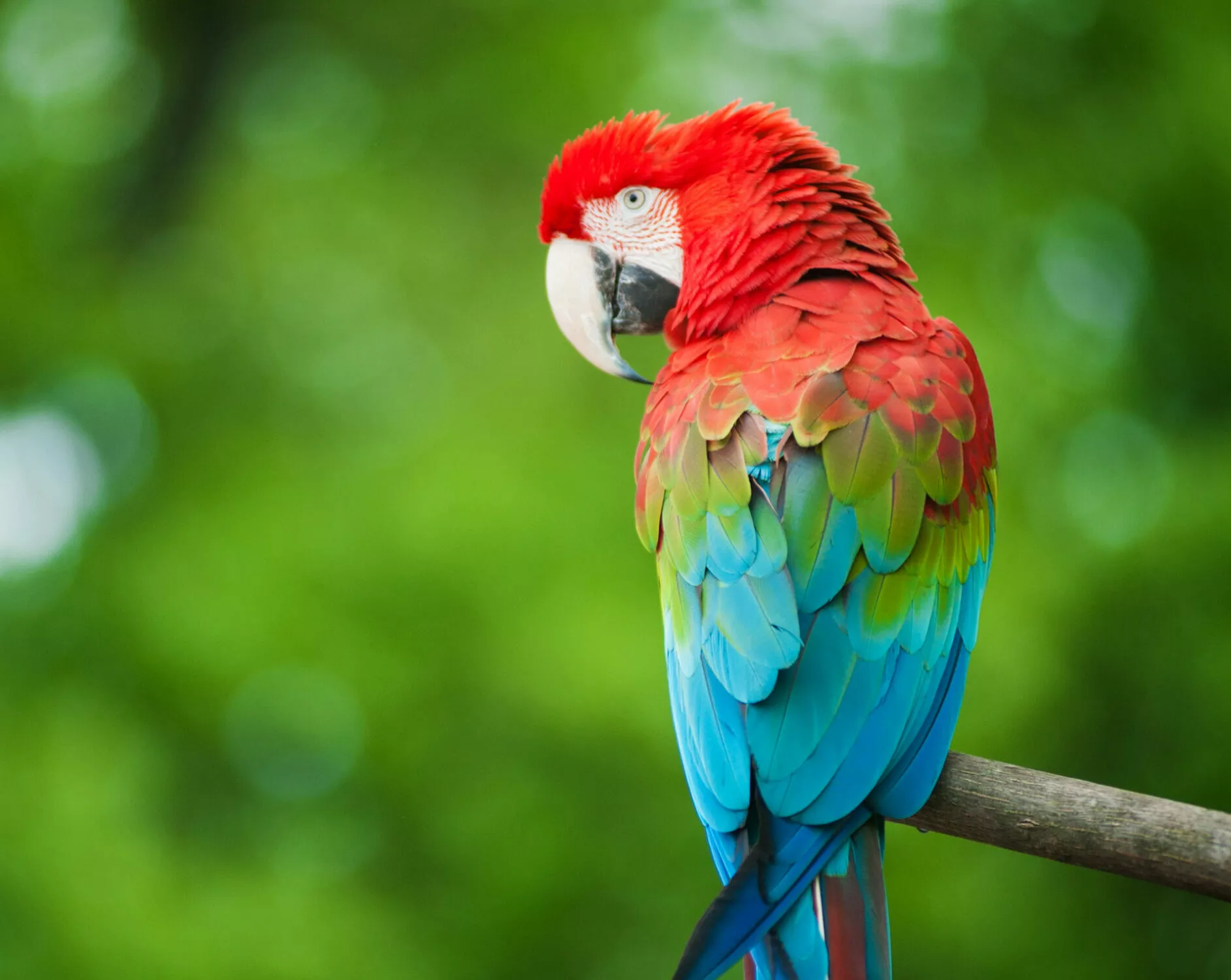
The Green-winged Macaw (also called the Red-and-green Macaw) is a large parrot, second only to the Hyacinth Macaw in size. This species range is also large, spanning eastern Panama to…
Read More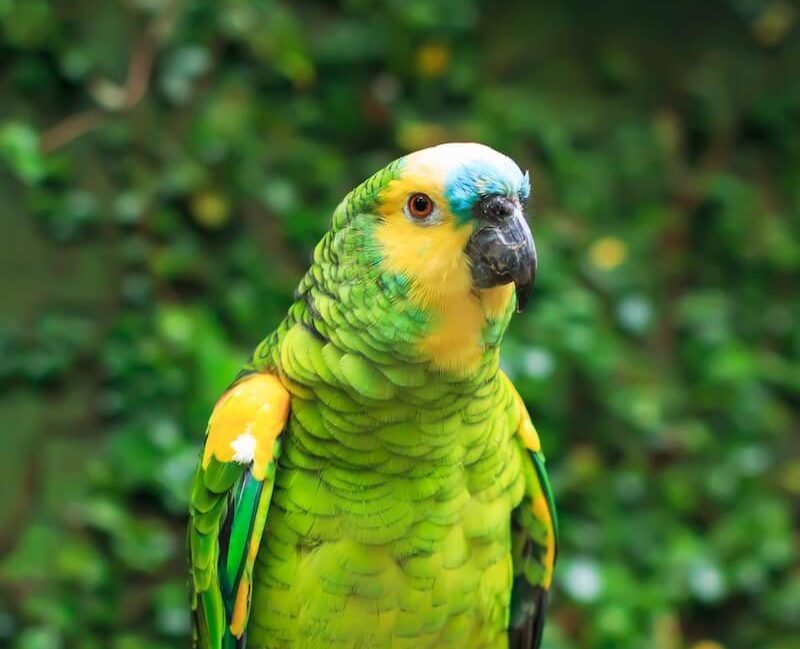
Blue-fronted Amazon parrots, also called Turquoise-fronted Amazons, are loud, social, and intelligent birds that live in family groups in their native South American habitats. They are cavity nesters, and rely…
Read More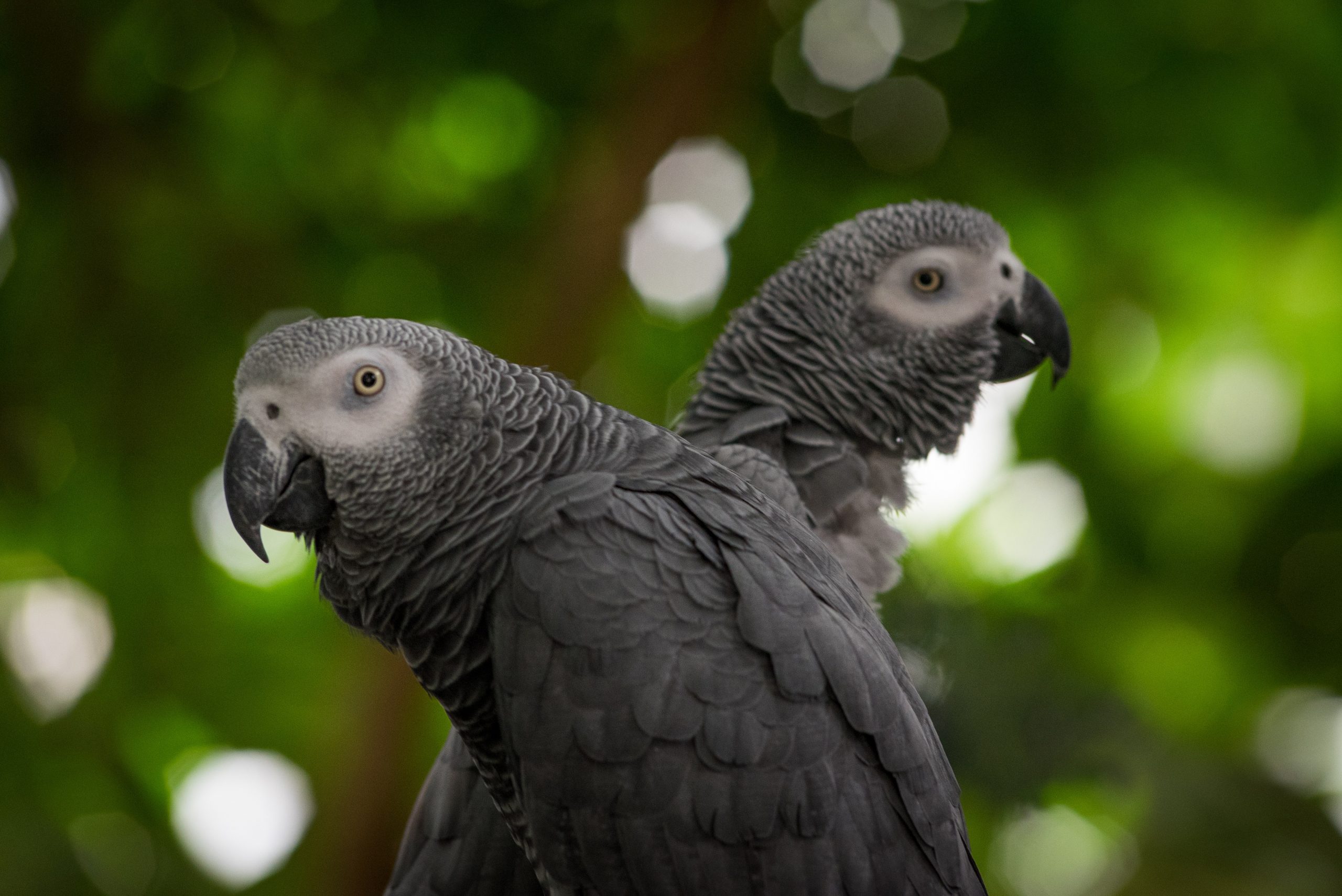
African Grey Parrots, a medium-sized parrot native to the forests of central Africa, are some of the best mimics in the bird world. In the wild, this species often copies…
Read More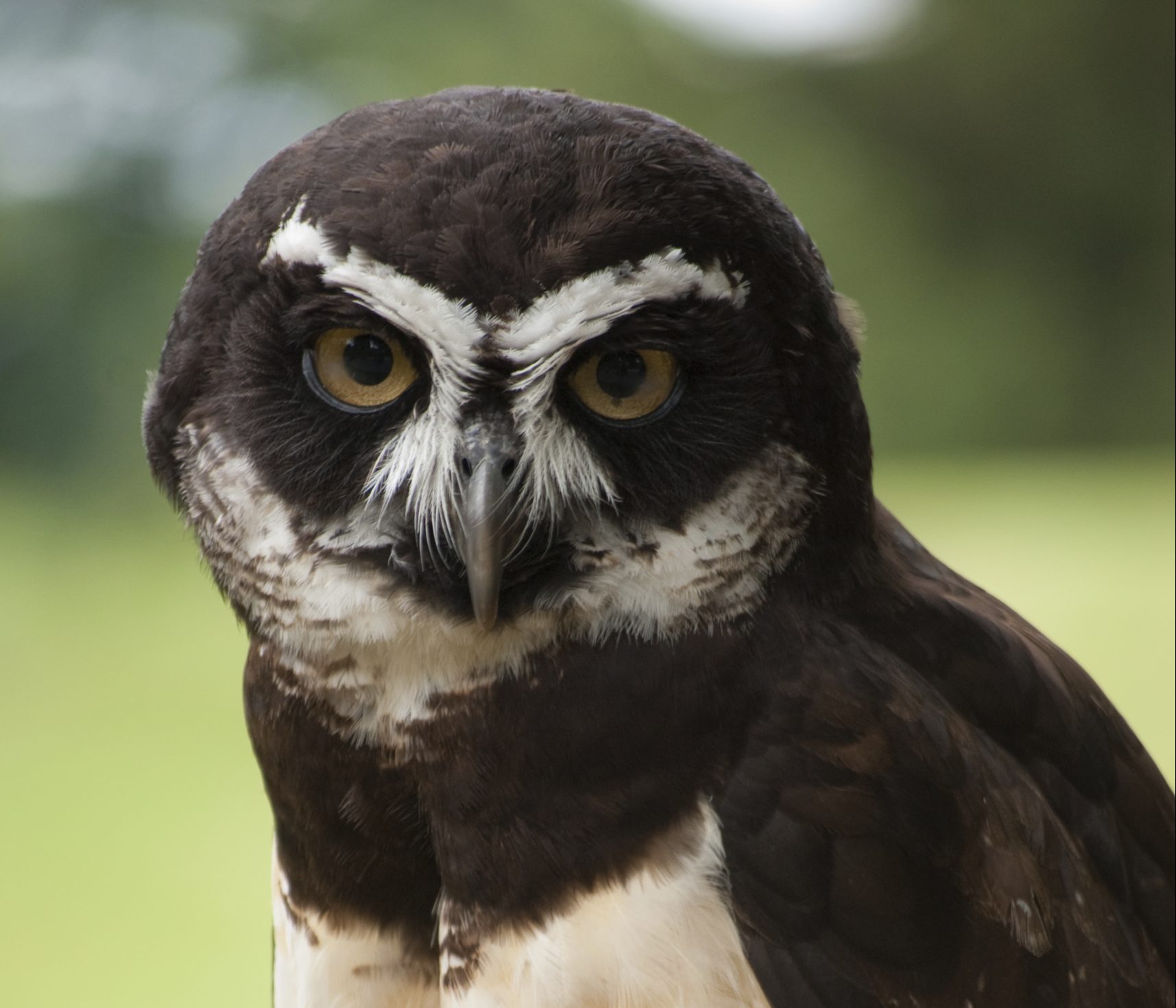
Adult Spectacled Owls are distinctive for their brown upperparts and head with whitish face markings resembling a pair of glasses. As juveniles, their facial markings are the complete opposite—pure white…
Read More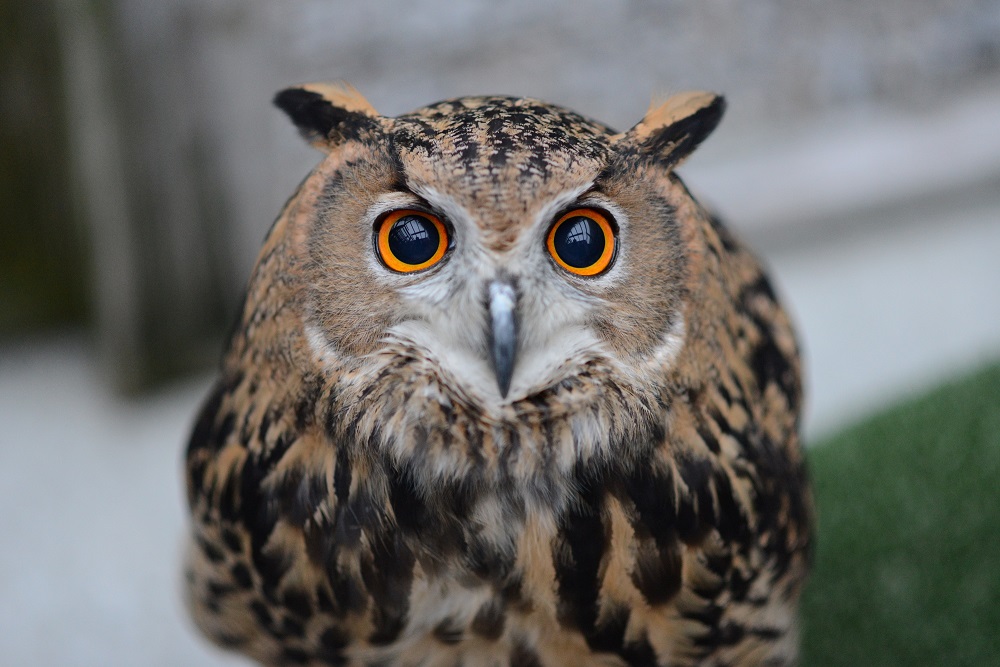
Eurasian Eagle-Owls have the largest wingspan of any owl species, reaching a whopping 6.5 feet! This species is widely distributed across Europe and Asia, and frequents a variety of habitats,…
Read More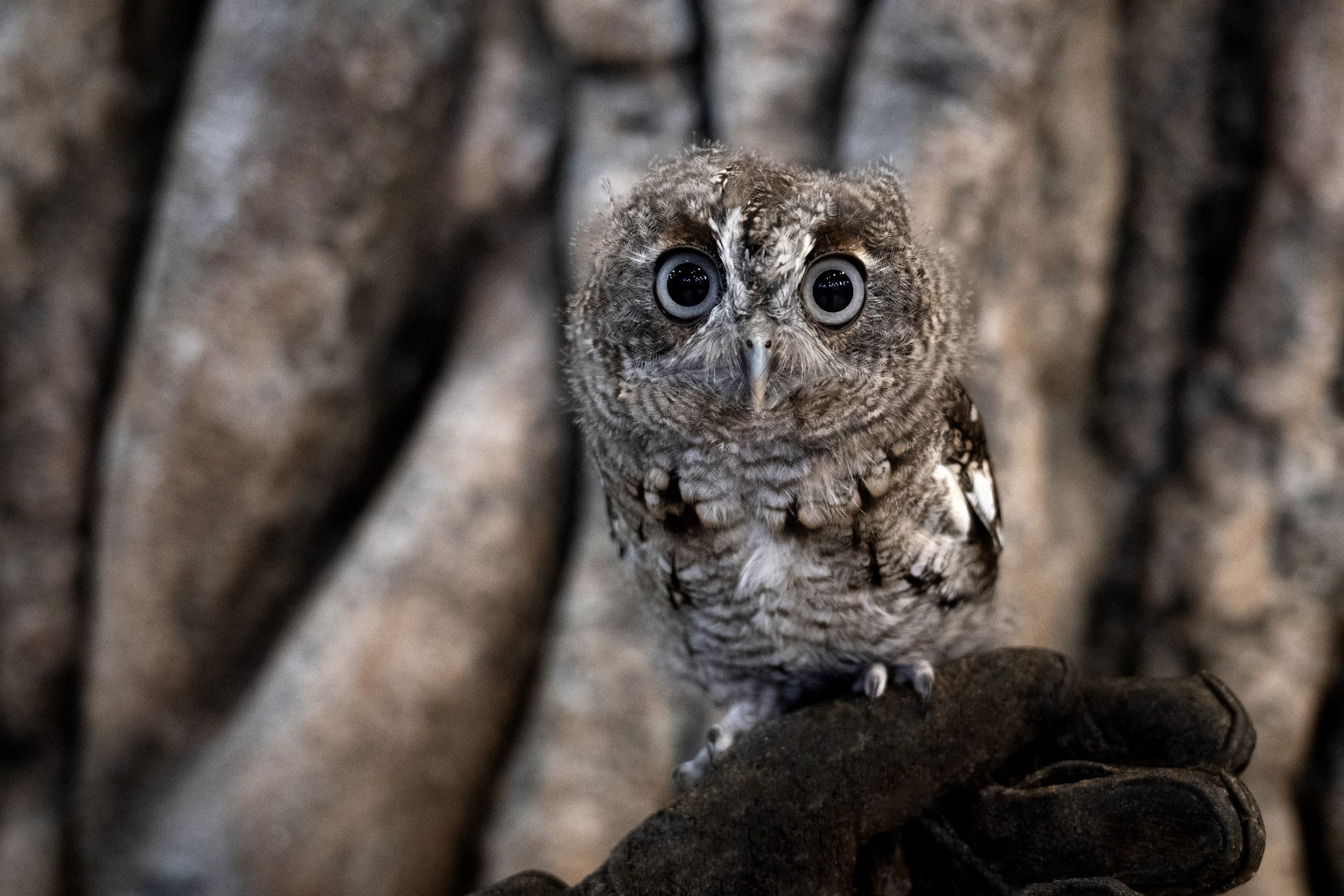
Eastern Screech-Owls are a very common owl species throughout North America, and they have gotten very used to living near humans. These pint-sized owls can be gray or a reddish-brown….
Read More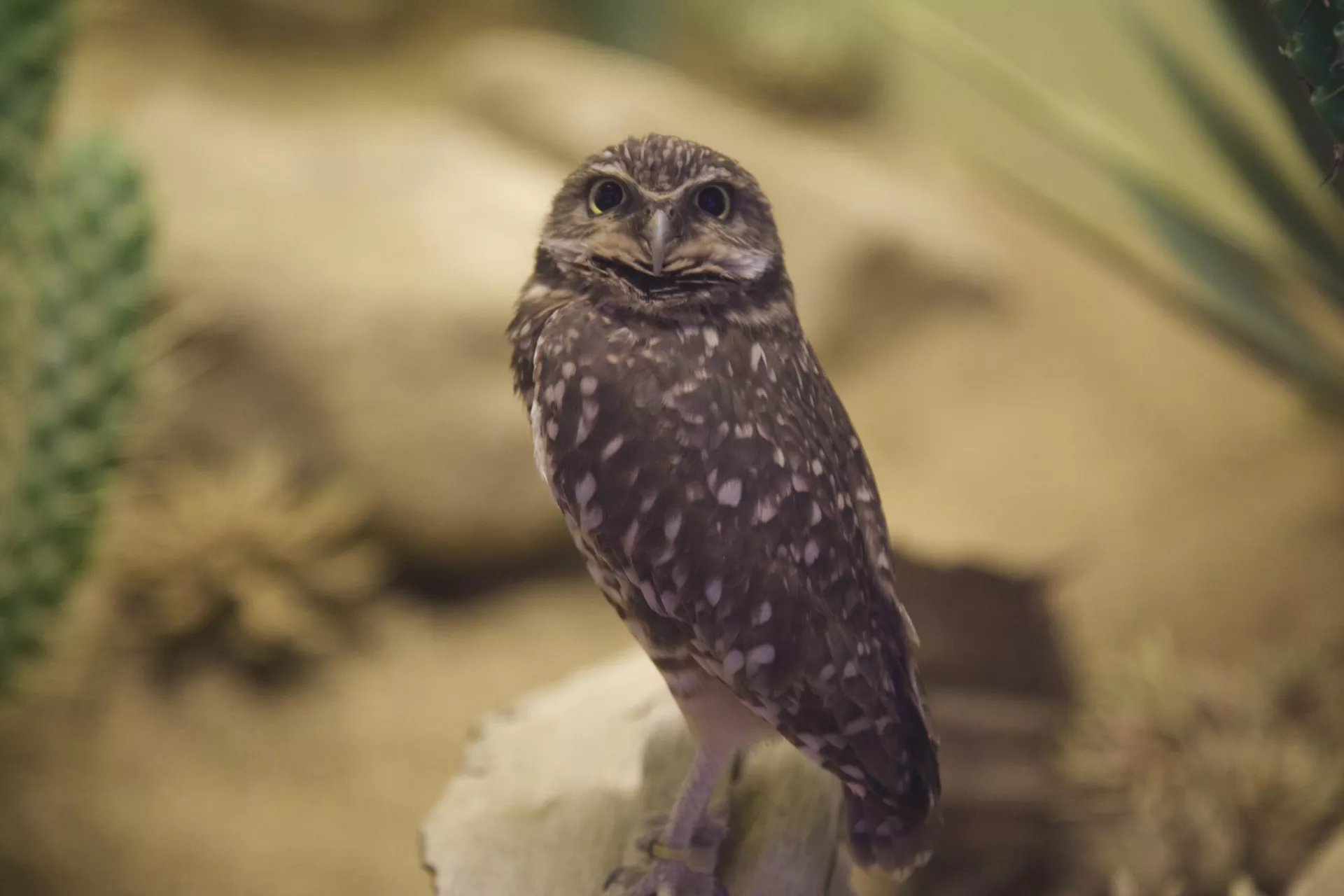
Burrowing Owls are a small, long-legged species of owl that spends the majority of its time on the ground. They are native to open grassland, prairie, and desert habitats and…
Read More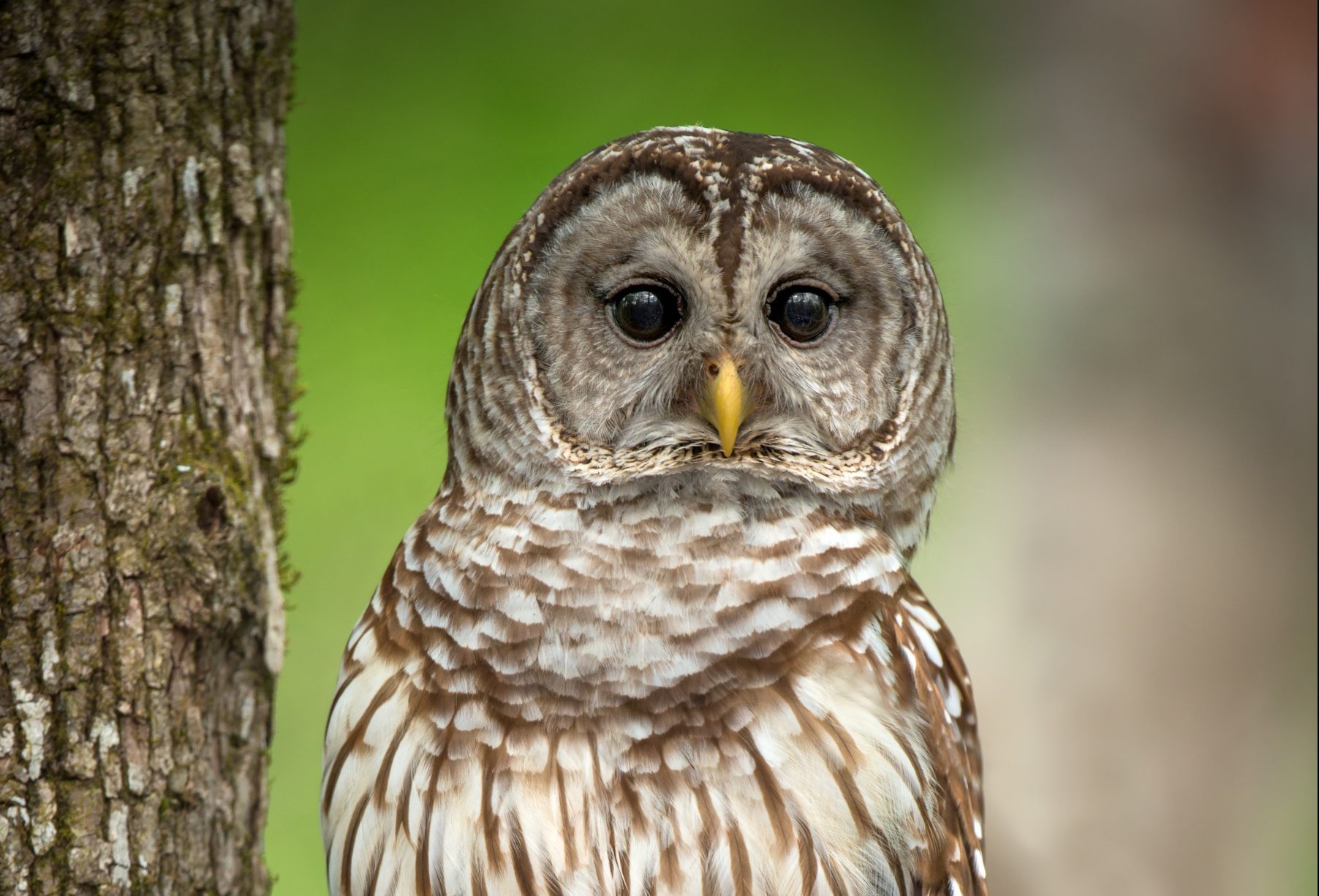
A relatively common Nearctic owl, the Barred Owl inhabits mature mixed deciduous-coniferous forests, often near streams or wooded swamps. This owl nests primarily in cavities, with both parents helping to…
Read More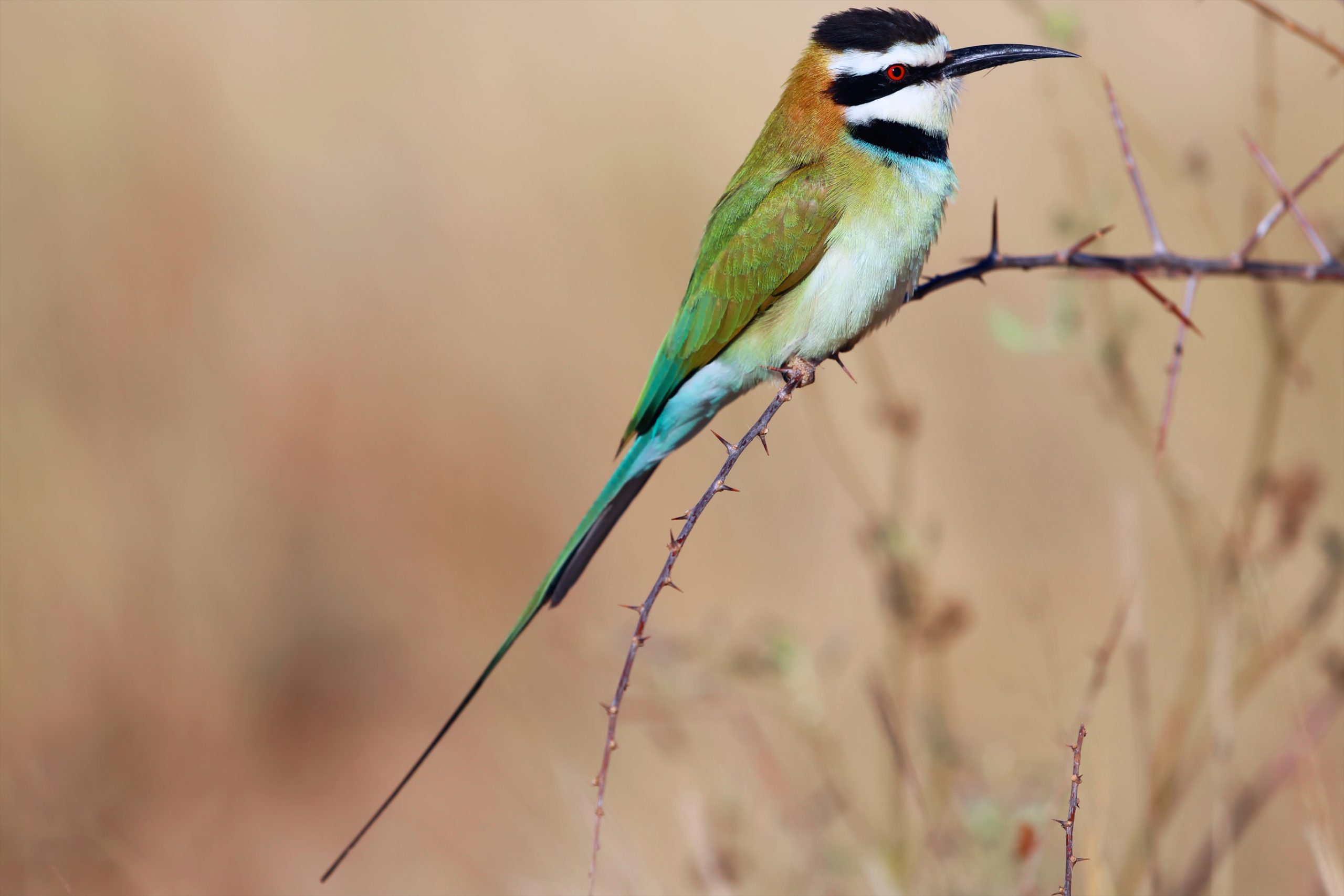
White-throated Bee-eaters are colorful, social birds, named for their ability to pluck honeybees (and other insects) from the air with amazing agility using their long, curved bills. Found throughout central…
Read More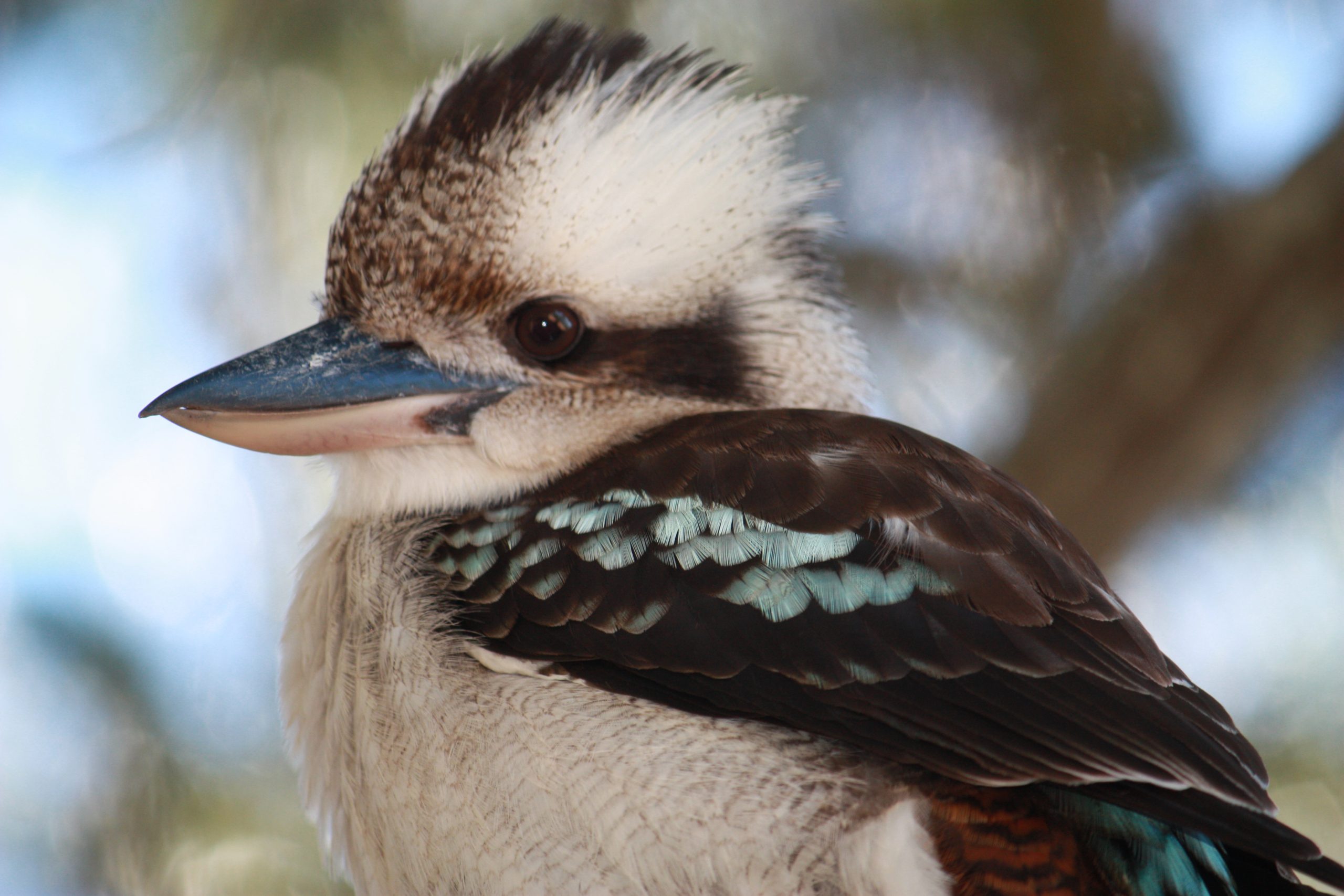
You may not think you’ve heard the rollicking call of the Laughing Kookaburra, but you almost certainly have. The Kookaburra’s loud “laugh” — that echoing koo-koo-koo-koo-KA-KA-KA! in the background of…
Read More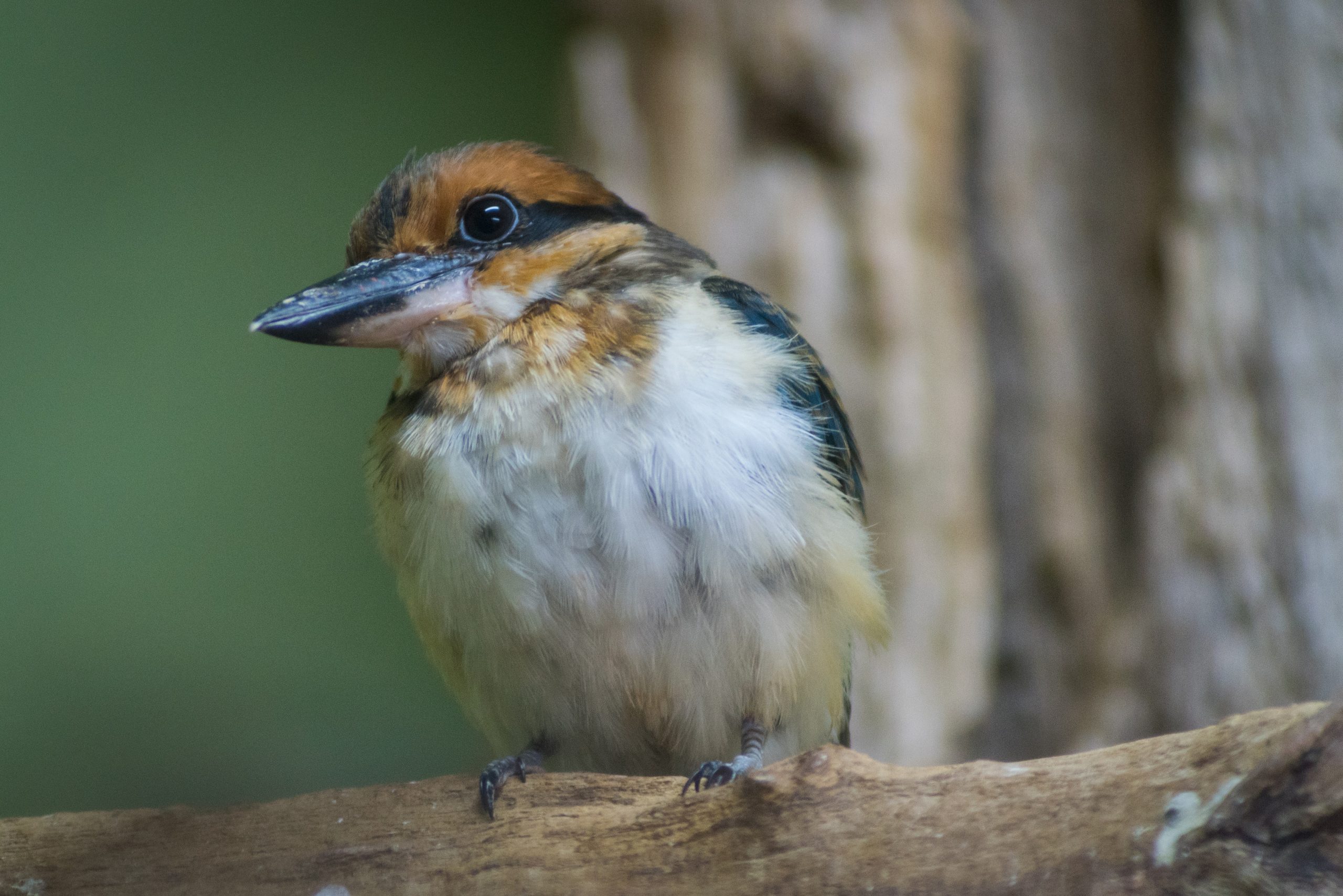
The Guam Kingfisher is small by kingfisher standards. Males average only about 58g (two ounces) and 24 cm (9 inches) long, making them less than half the size of North…
Read More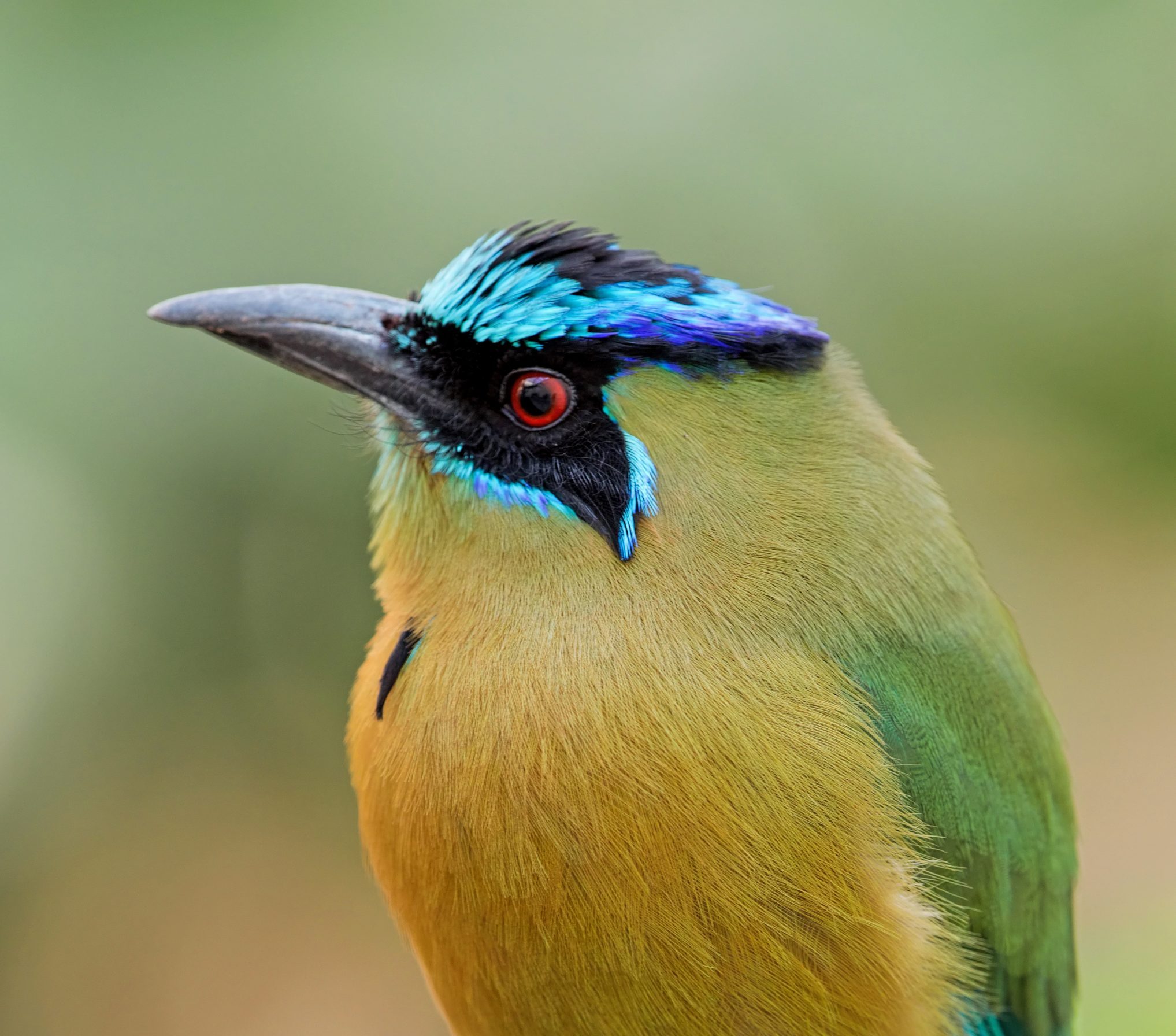
Both the male and female Blue-crowned Motmot have green and blue plumage with a chestnut chest. They have a large head with a blue crown, black eye mask around red…
Read More
 Previous Posts
Previous Posts